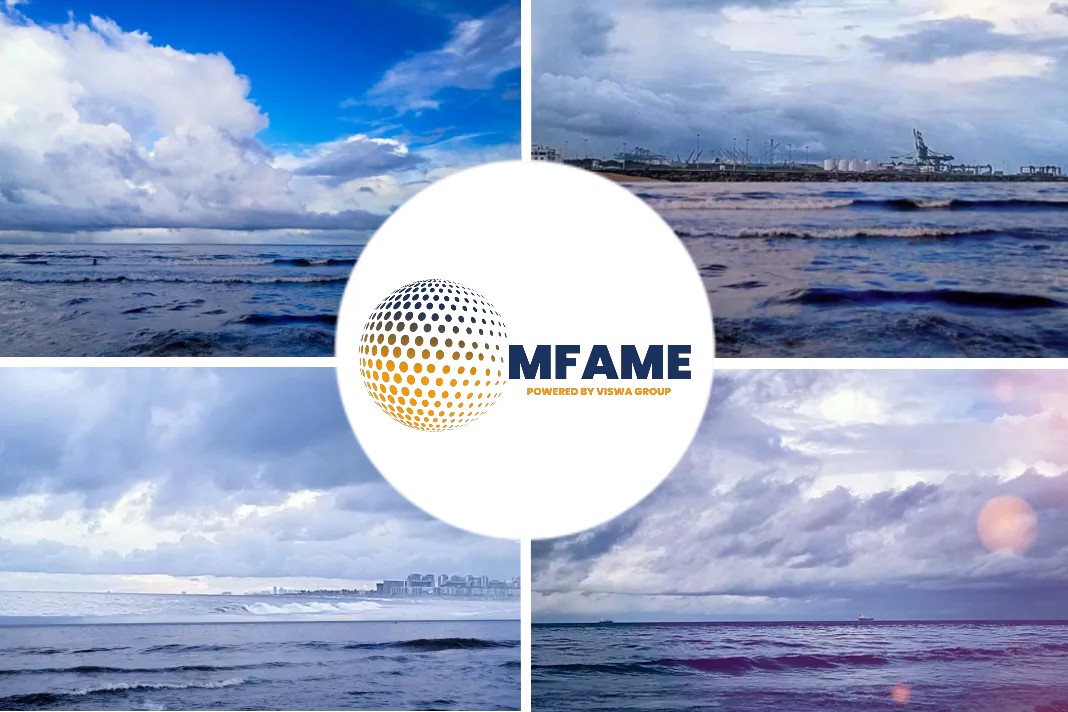- Aframax tanker market in the East of Suez was bearing the brunt of Australia’s dwindling crude imports.
- As a result, its diminishing refinery capacity, lowering the cargo volumes for this segment of ships.
- The country’s shrinking refining landscape has altered freight dynamics for inbound and outbound Aframax voyages with the premium for front haul Indonesia to Australia trip.
- It has almost vanished over backhaul Australia to North Asia passage.
- This was due to fewer crude shipments into Australia since 2019.
A recent news article published in the Platts website reveals that backhaul trip from Australia flips to premium, refinery closures reduce inbound Aframax-size cargoes and rising condensate exports offer lifeline for Aframax tankers.
Flipping of premium, discount
Over the last few years, the trend has changed with the average discount the Australia to North Asia trip enjoyed over South East Asia to Australia route narrowing.
It was w1.9 points in 2016, w3.8 points in 2017, w5.76 points in 2018 and w0.18 points in 2019.
However, in 2020, the Australia to North Asia route flipped into a premium at an average of w6 points.
Market sources attributed this shift to the declining Australian import of crude, which has resulted in fewer ships opening around the Australian coast for fresh employment.
“Previously, the Australia to North Asia trip was always viewed as a back haul and discounts were given. This was because of the greater availability of vessels opening around East Coast Australia. After the closure of some refineries, the ships opening there has reduced. So, most of the time we need to get a ballaster from Singapore or Indonesia to do the job,” an Aframax broker said.
Receding refinery capacity
A flurry of refinery closures has been announced in recent times.
BP is planning to shut its 146,000 b/d Kwinana refinery in Western Australia and convert it into a fuel import terminal.
ExxonMobil has announced plans to shut its 80,000 b/d Altona refinery in Melbourne and use it as a fuel import terminal.
With refining margins shrinking, both Viva Energy and Ampol are mulling to convert their refineries at Geelong and Brisbane, respectively, into fuel import terminals.
The mushrooming of large-scale export-oriented refineries throughout Asia and the Middle East has structurally changed the Australian refining market. The situation has been further exacerbated by the coronavirus pandemic.
Demand for Australian condensates rising
However, Australia’s condensate and crude exports have seen a gradual increase.
South Korea, Asia’s biggest ultra-light crude consumer, imported 14.6 million barrels of crude and condensate from Australia in 2020, almost double the 7.9 million barrels received in 2019, according to the latest data from state-run Korea National Oil Corp.
Ballasters vs vessels
The current developments have helped increase the demand for Aframax tankers loading from Australia.
This has seen the need for ballasting a vessel from Singapore, or Indonesia to load from Australia.
Did you subscribe to our daily newsletter?
It’s Free! Click here to Subscribe!
Source: Platts






















